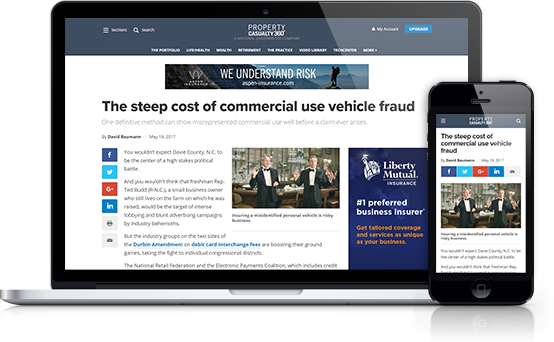Controlling Workers' Compensation costs has been a concern for employers since the first state Workers' Compensation law was passed in Wisconsin in 1911.
Many factors affect the changes in those costs, however, including legislative and regulatory reform.
A new 18-state study released April 21 by the Cambridge, Mass.-based Workers Compensation Research Institute (WCRI) examines the factors driving Workers' Compensation costs by state, and measures the performance of the different state Workers' Compensation systems, how they compare with each other, and the way they have changed over time. The study is based on more than 7.6 million claims filed in the 18 states included in the study.
Recommended For You
Want to continue reading?
Become a Free PropertyCasualty360 Digital Reader
Your access to unlimited PropertyCasualty360 content isn’t changing.
Once you are an ALM digital member, you’ll receive:
- Breaking insurance news and analysis, on-site and via our newsletters and custom alerts
- Weekly Insurance Speak podcast featuring exclusive interviews with industry leaders
- Educational webcasts, white papers, and ebooks from industry thought leaders
- Critical converage of the employee benefits and financial advisory markets on our other ALM sites, BenefitsPRO and ThinkAdvisor
Already have an account? Sign In Now
© Touchpoint Markets, All Rights Reserved. Request academic re-use from www.copyright.com. All other uses, submit a request to [email protected]. For more inforrmation visit Asset & Logo Licensing.







